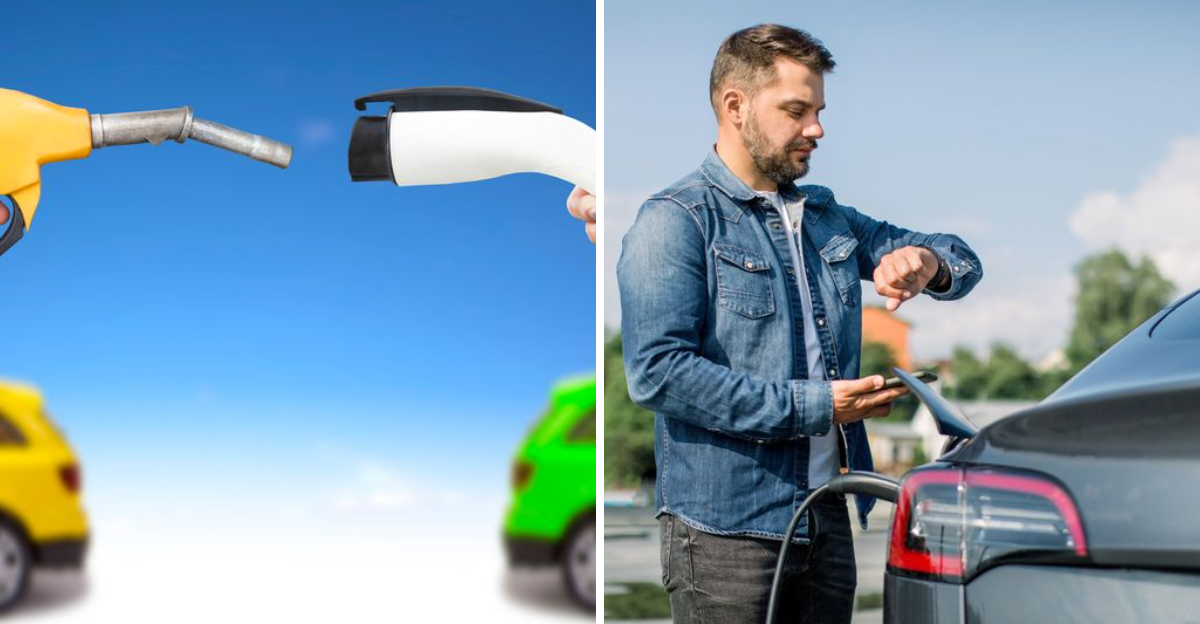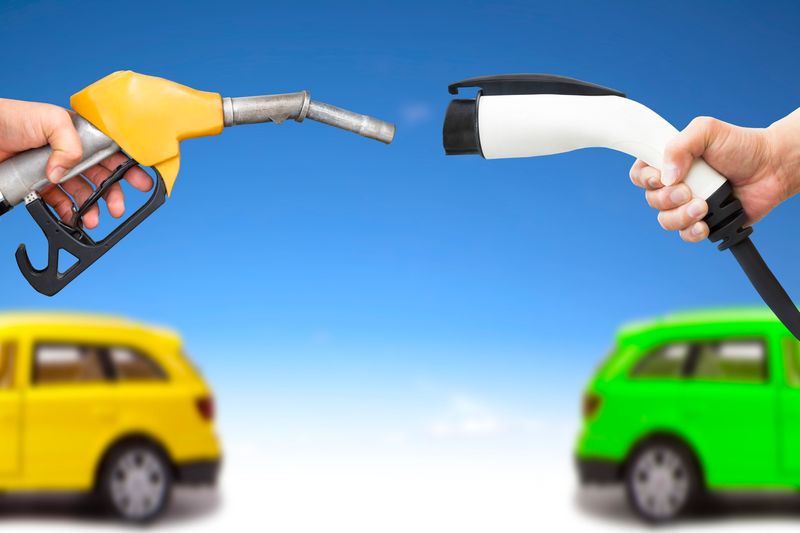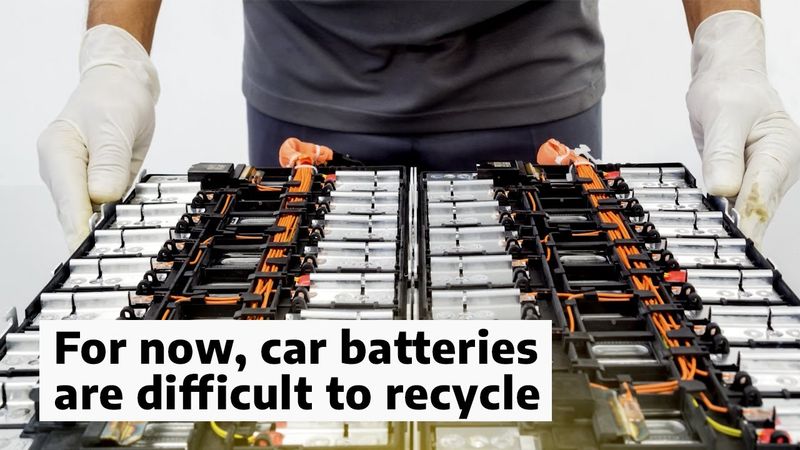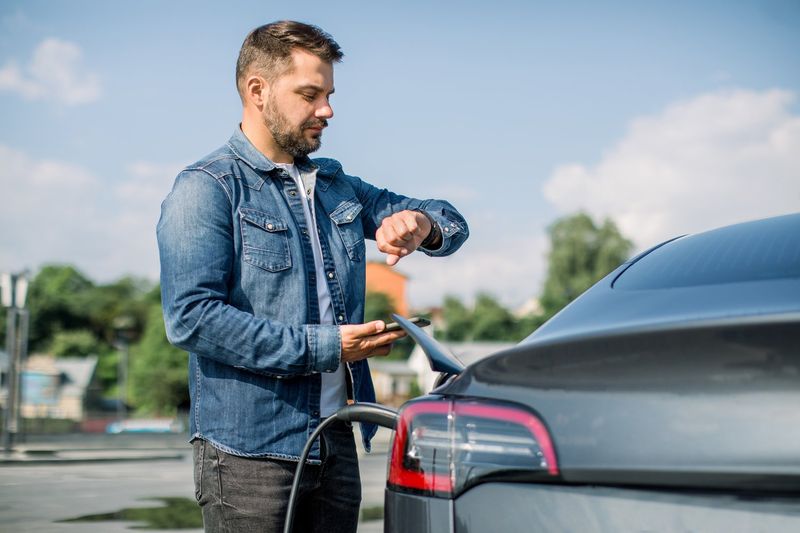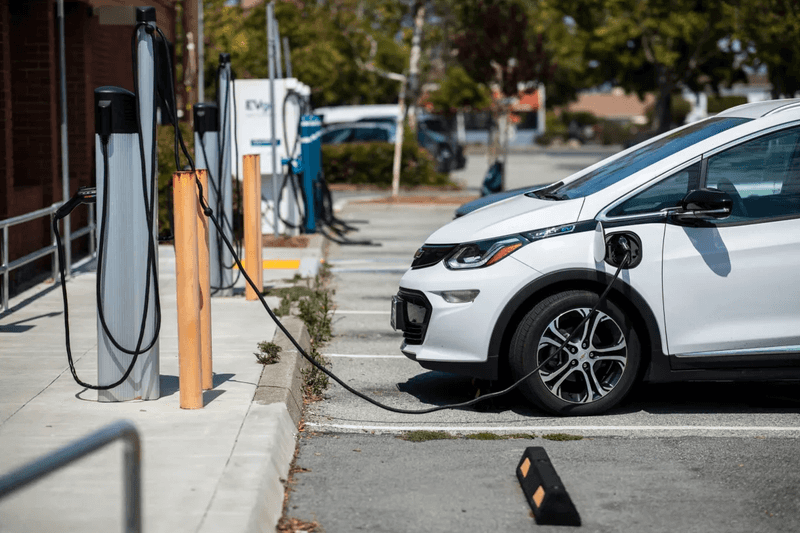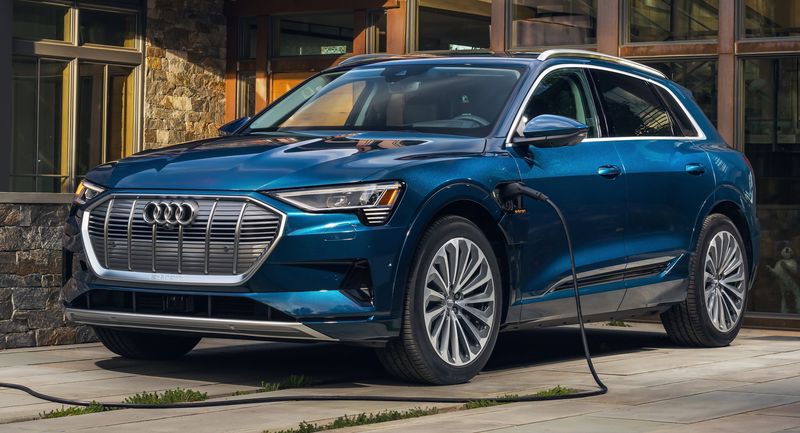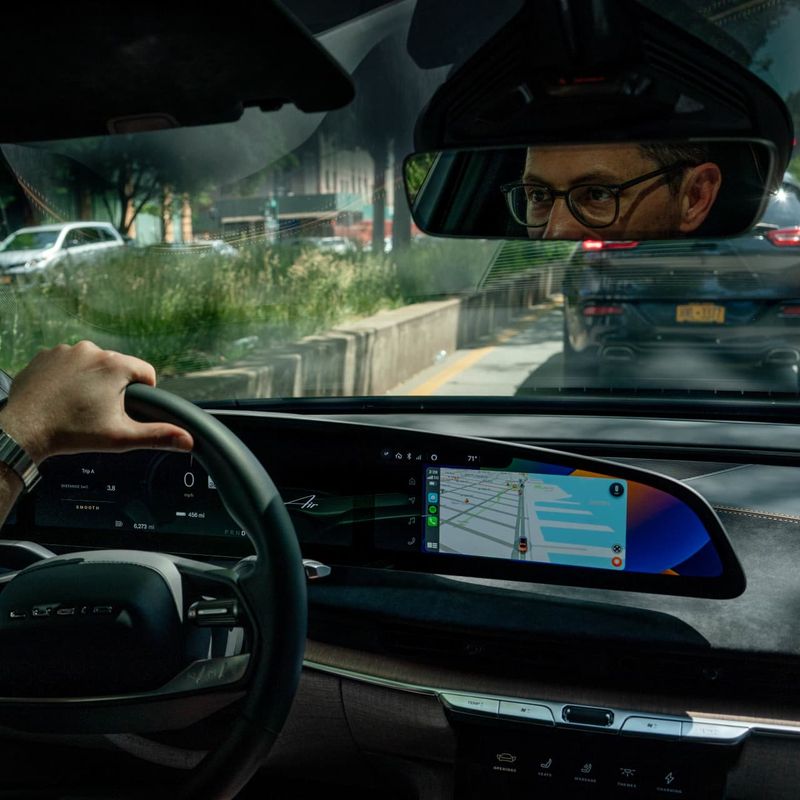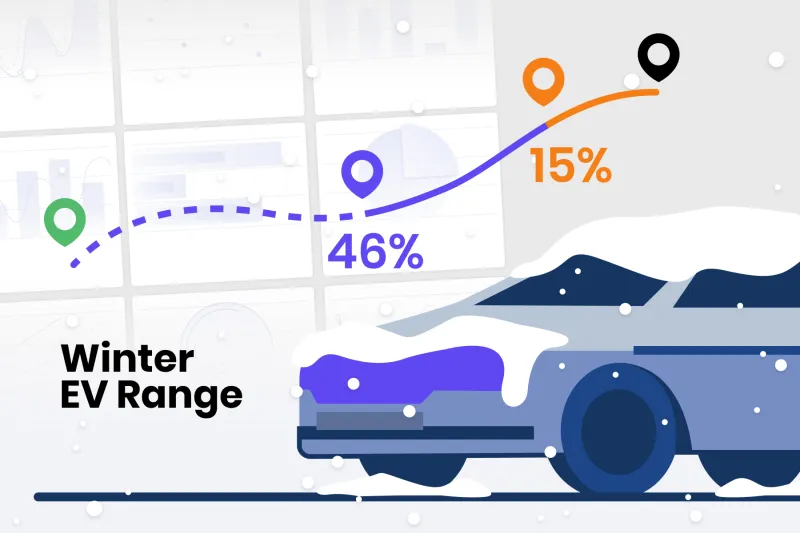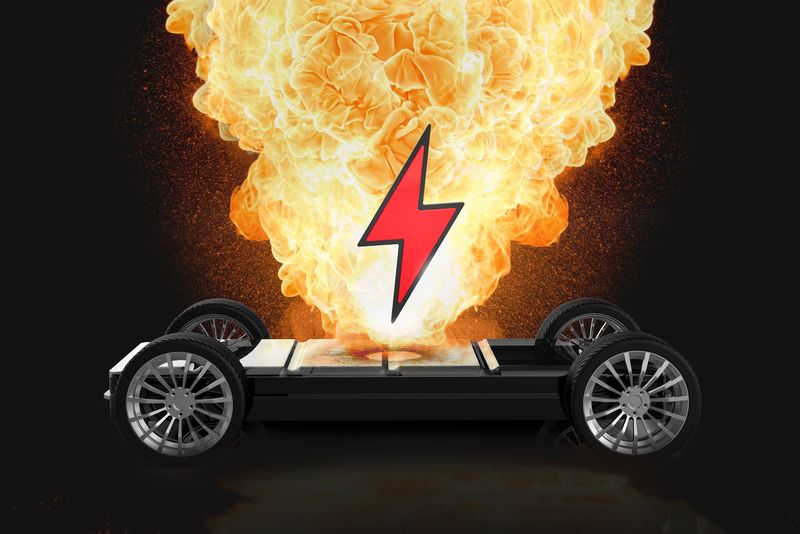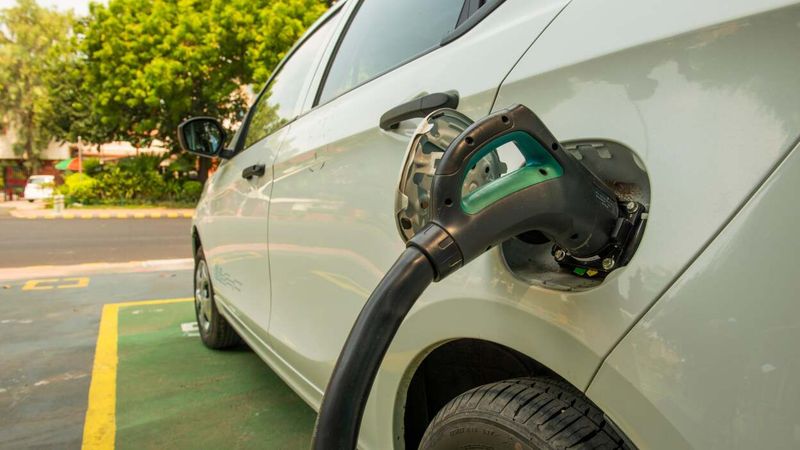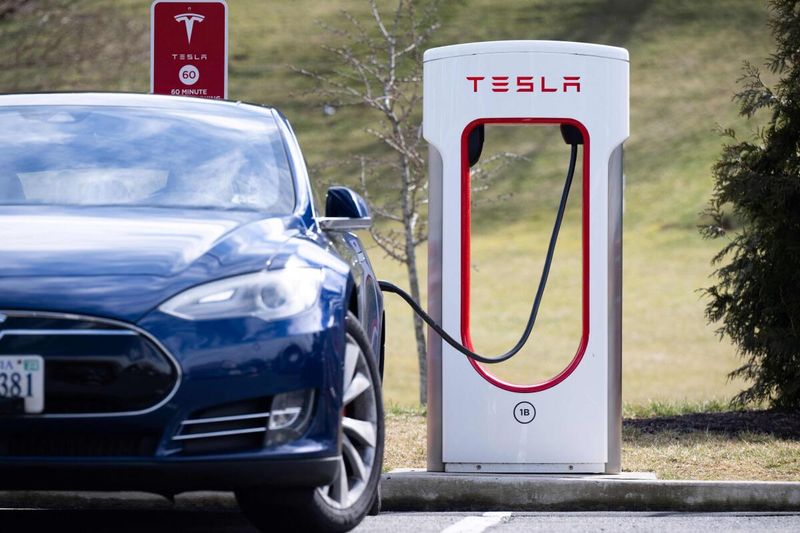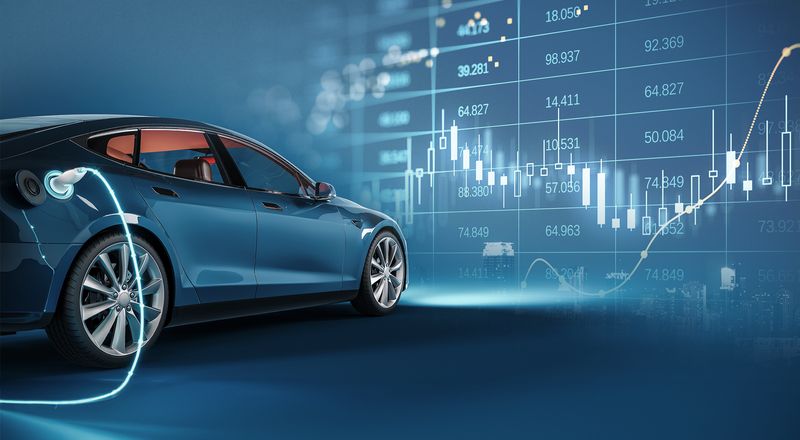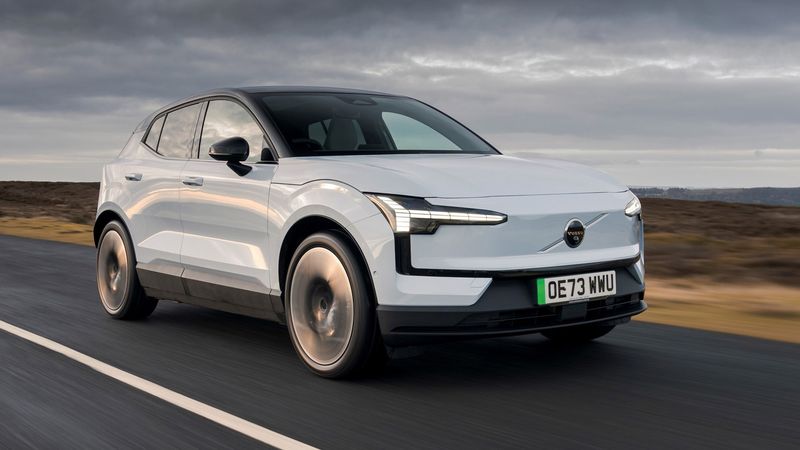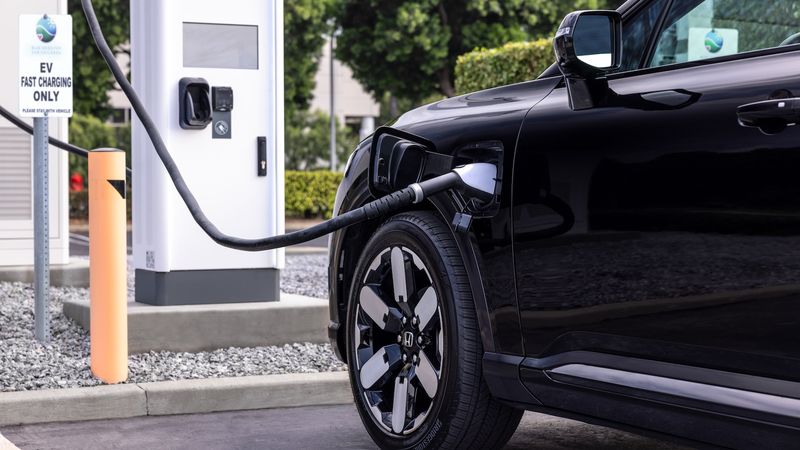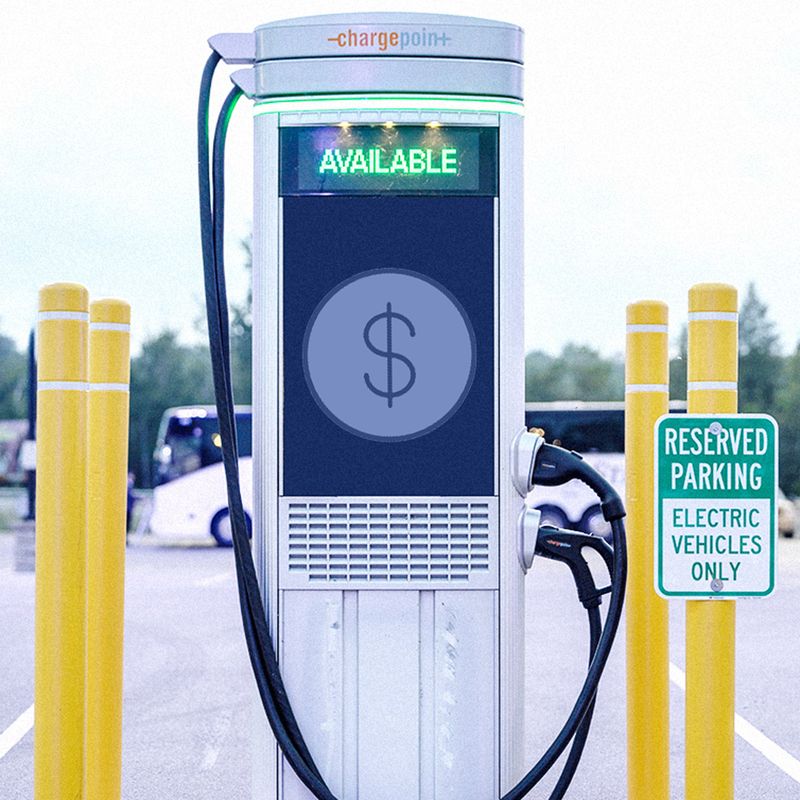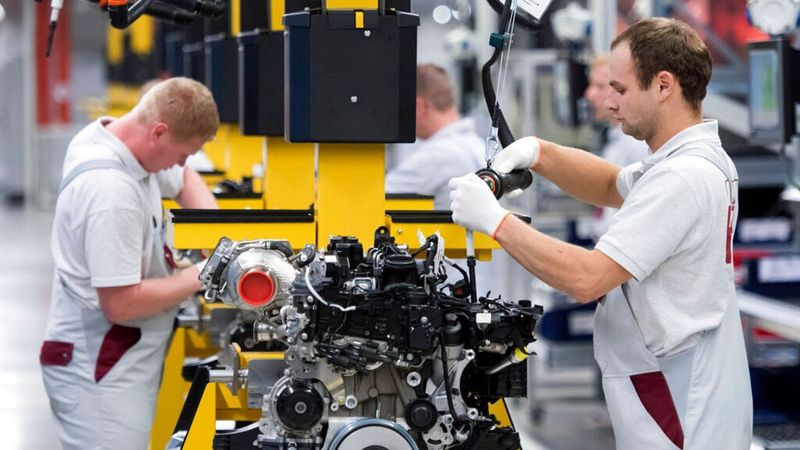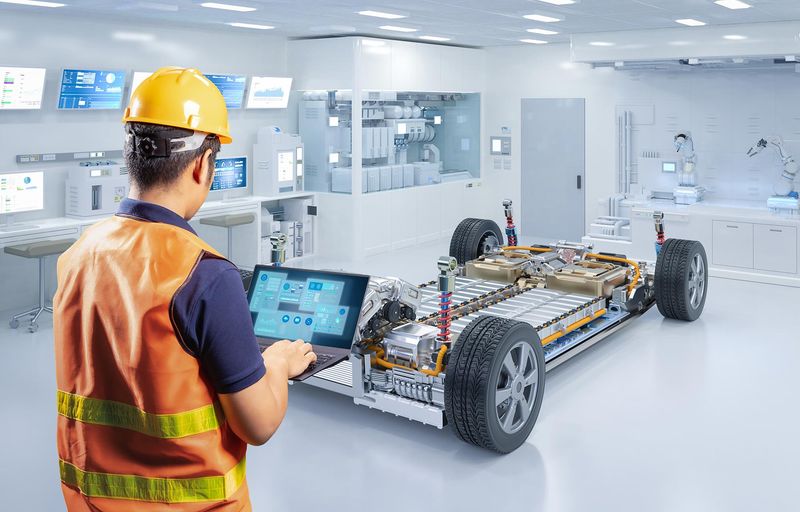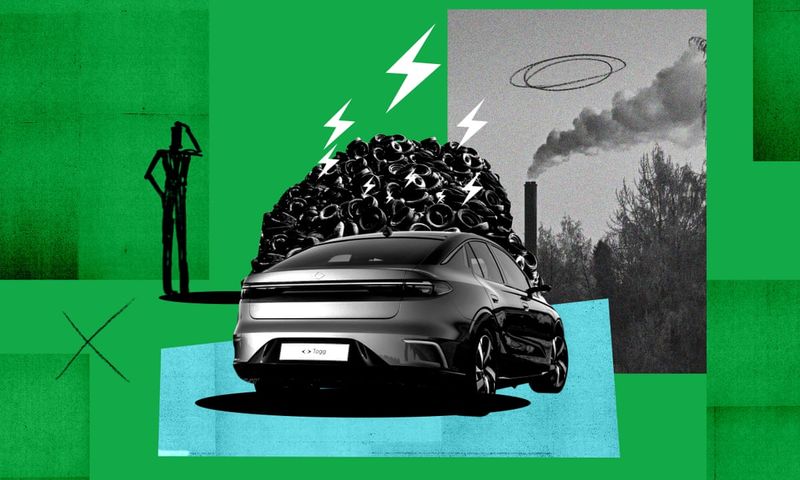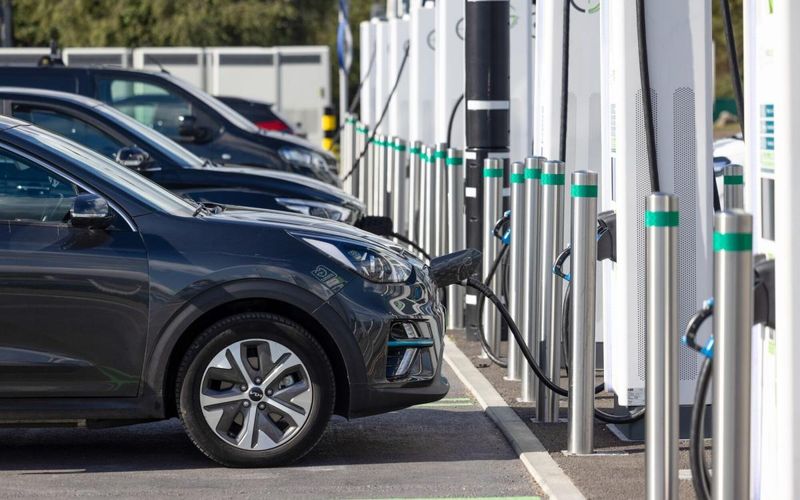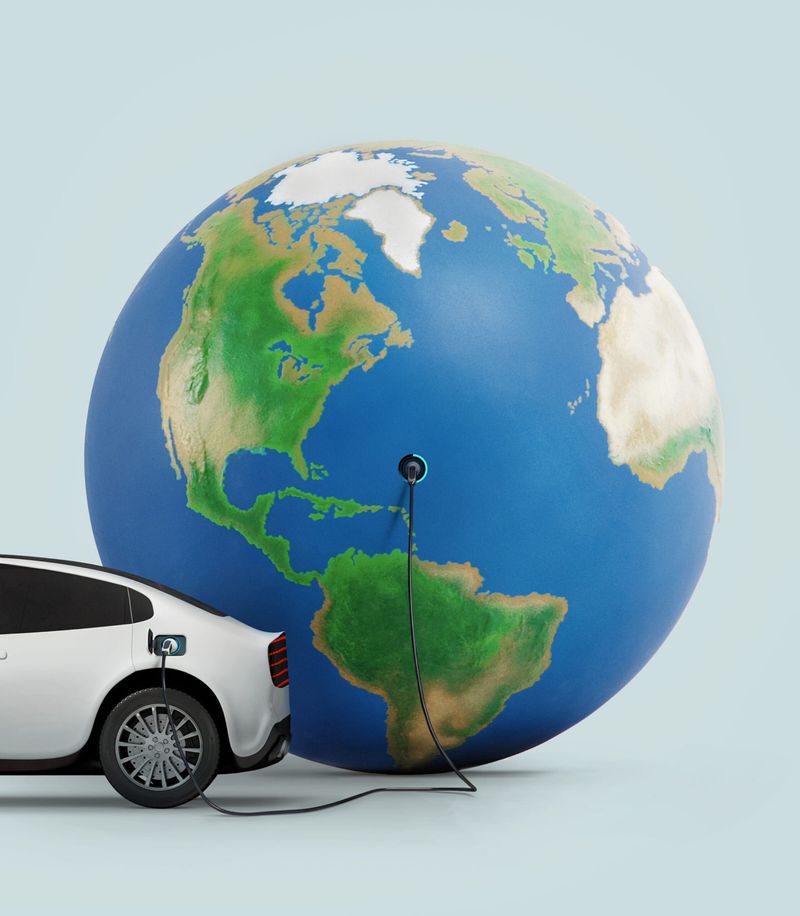Electric cars are often touted as the solution to our environmental woes, but there are compelling reasons to reconsider their widespread adoption.
From environmental concerns to economic implications, these 25 points highlight why banning electric cars could be a beneficial move.
1. Battery Production is Harmful to the Environment
Battery production for electric vehicles involves mining lithium, cobalt, and nickel, which results in significant ecological damage. The extraction processes create pollution and destroy habitats.
Local water sources are often contaminated, affecting wildlife and communities. Moreover, these activities leave behind barren landscapes that take decades to recover. Such environmental costs challenge the notion that electric vehicles are truly eco-friendly.
2. Electricity Production Still Relies on Fossil Fuels
Many electric vehicles (EVs) are charged using electricity generated from fossil fuels such as coal, oil, and natural gas. Thus, while the vehicles themselves emit no tailpipe emissions, they indirectly contribute to air pollution and global warming.
This reliance undermines the environmental benefits of EVs, as the carbon footprint of electricity production remains a significant concern. Transitioning to sustainable energy sources is crucial for realizing the true environmental potential of EVs.
3. EV Batteries Are Difficult to Recycle
Recycling lithium-ion batteries remains a complex and costly process. Currently, there is no widespread, sustainable method to recycle or dispose of these batteries efficiently.
Most end up in landfills, where they pose environmental hazards due to toxic materials. The lack of recycling infrastructure and technology presents a significant barrier to the sustainable adoption of electric vehicles.
4. Increased Strain on Power Grids
The large-scale adoption of electric vehicles could significantly strain power grids. As more people charge their cars, especially during peak hours, demand on the grid increases.
This surge can lead to blackouts or power shortages, particularly in areas with already overburdened electrical infrastructure. Upgrading the grid to handle this new demand is both expensive and time-consuming.
5. Long Charging Times
Charging an electric vehicle takes considerably longer than refueling a gasoline car. Depending on the charger type and battery size, it can take several hours to fully charge an EV.
For individuals with busy schedules or long commutes, this is a significant inconvenience. Rapid charging technology is improving, but it is not yet as fast or widely available as traditional refueling options.
6. Limited Charging Infrastructure
Many areas, especially rural or developing regions, lack adequate charging infrastructure. This means electric vehicle owners may struggle to find convenient places to charge their cars.
Without widespread charging stations, the practicality of EVs diminishes, limiting their adoption. Investing in infrastructure is necessary to make electric vehicles a feasible option for more people.
7. High Initial Cost
Electric vehicles often come with higher upfront costs compared to traditional gasoline cars. This price barrier makes them inaccessible to many consumers, particularly those on a tight budget.
Though operational savings may offset some of the initial costs, the high entry price remains a significant deterrent. Making electric vehicles more affordable is essential for broader adoption.
8. Shorter Driving Range
Most electric vehicles have a limited driving range compared to gasoline-powered cars. For drivers planning long-distance travel, this can be inconvenient and anxiety-inducing.
Frequent charging stops can extend travel time significantly. Although battery technology is improving, range issues still present a major challenge for many potential EV owners.
9. Cold Weather Reduces Battery Performance
Cold weather can significantly reduce the performance and range of electric vehicle batteries. In winter, energy is diverted to heating the cabin, which drains the battery faster.
This makes EVs unreliable in colder climates, where maintaining range and efficiency is crucial. Finding ways to mitigate these impacts is important for the broader adoption of electric vehicles.
10. EV Batteries are Prone to Fires
Lithium-ion batteries in electric vehicles are prone to catching fire, more so than traditional gasoline tanks. These fires are challenging to extinguish and can reignite hours or even days later.
The risk of fire poses safety concerns for drivers and emergency responders. Improving battery safety is essential to address these hazards and ensure the safe use of electric vehicles.
11. Lack of Used EV Market
The market for used electric vehicles is limited, primarily due to concerns about battery degradation. Buyers are hesitant, fearing expensive battery replacements.
As a result, resale values for electric vehicles tend to be lower, and depreciation can be significant. Expanding the used EV market requires addressing battery life and durability to build consumer confidence.
12. EVs Depend on Rare Earth Metals from Unethical Sources
Many materials used in electric vehicle batteries, such as cobalt, come from countries with poor labor conditions and lax environmental regulations.
This raises ethical concerns about the supply chain and human rights abuses. Ensuring ethical sourcing of materials is necessary to make electric vehicles a truly sustainable choice.
13. Reduced Driving Pleasure
Car enthusiasts argue that electric vehicles lack the sound, feel, and mechanical connection of traditional internal combustion engines.
The absence of engine noise and vibrations can make the driving experience less engaging. For those who enjoy the thrill of driving, this is a significant drawback, contributing to the resistance against adopting EVs.
14. Government Subsidies Distort the Market
Electric vehicle incentives are often funded by government subsidies, which some argue distort the market. These incentives are paid for by taxpayers, leading to debates over their fairness and effectiveness.
Critics claim that the EV industry relies too heavily on government support, hindering natural market competition. Evaluating the long-term impact of such subsidies is crucial for a balanced market.
15. Heavy Weight Causes More Road Wear
Electric vehicles are generally heavier than their gasoline counterparts due to large battery packs. This increased weight contributes to faster road and bridge deterioration.
The added wear and tear can lead to more frequent repairs, which are costly for municipalities. Addressing the infrastructure impact is important as EVs become more common.
16. Limited Options for Large Vehicles
Electric options for larger vehicles, such as trucks and SUVs, are still in development and often inefficient compared to gasoline or diesel counterparts.
These vehicles typically have reduced range when carrying heavy loads or towing. Improving the efficiency and performance of large electric vehicles is essential for broader adoption.
17. Questionable Longevity
Electric vehicle batteries degrade over time, typically requiring replacement after 8-10 years. This raises concerns about the longevity and cost-effectiveness of EVs.
Batteries are expensive to replace, affecting the overall value proposition for potential buyers. Enhancing battery life and reducing replacement costs are key to increasing consumer confidence.
18. Silent Operation Poses a Safety Risk
Electric vehicles operate more quietly than traditional cars, posing a potential safety risk to pedestrians and cyclists. Without engine noise, it can be difficult for others to detect an approaching vehicle.
This is particularly concerning for visually impaired individuals who rely on auditory cues. Implementing noise-emitting systems can help mitigate these risks and improve safety.
19. Charging Costs Can Vary Widely
The cost of charging an electric vehicle can vary significantly, particularly between home and public charging stations. While home charging is relatively inexpensive, public stations can be costly.
This unpredictability complicates budgeting for electric vehicle ownership, potentially deterring some consumers. Standardizing charging costs and improving transparency are important for consumer satisfaction.
20. Job Losses in Traditional Auto & Oil Industries
The shift toward electric vehicles threatens millions of jobs in traditional automotive manufacturing, repair, and fuel industries. As demand for gasoline cars decreases, so do the opportunities in related sectors.
This transition has significant socio-economic implications, requiring careful management and support for affected workers. Balancing innovation with job preservation is a vital consideration.
21. EV Batteries Require Significant Resources to Manufacture
Producing electric vehicle batteries is resource-intensive, requiring large amounts of water, electricity, and raw materials. This extensive resource use challenges the sustainability of EV production.
Identifying ways to reduce these demands is crucial for making electric vehicles a truly eco-friendly option. Innovations in battery technology and production processes are essential for progress.
22. Limited EV Towing Capacity
Electric trucks often have limited towing capacity compared to traditional gasoline or diesel alternatives. When towing heavy loads, their range diminishes significantly.
This limitation affects their practicality for many consumers who rely on trucks for hauling. Enhancing the towing capabilities of electric vehicles is necessary for their broader acceptance.
23. EVs Have Higher Manufacturing Carbon Footprints
Electric vehicles have higher manufacturing carbon footprints than gasoline cars due to resource-intensive battery production. This means they take longer to “break even” on emissions savings.
Assessing the full lifecycle emissions of EVs is important for understanding their true environmental impact. Reducing manufacturing emissions is essential for making electric vehicles a genuinely sustainable choice.
24. Poor Resale Value & Depreciation
Electric vehicles often experience poor resale value due to rapid depreciation. Concerns about battery life and technological improvements contribute to uncertainty among buyers.
Ensuring better battery durability and transparency in technology advancements can help stabilize resale values. Building consumer trust in the longevity of EVs is key to improving their market appeal.
25. EVs Are Not the Only Solution to Emissions
Electric vehicles are not the sole solution to reducing emissions. Other alternatives, such as hydrogen fuel cells and synthetic fuels, offer viable paths to sustainability.
Improving traditional gasoline engine efficiency also remains a practical alternative. Exploring a range of technologies ensures a comprehensive approach to addressing climate change and energy needs.
